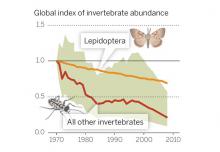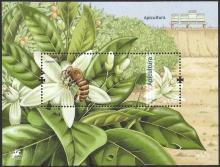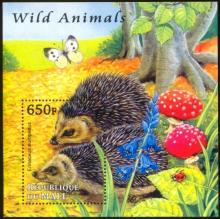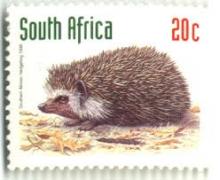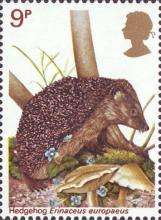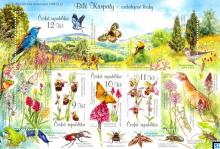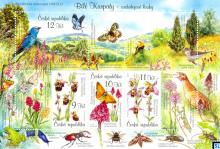Why Insect Decline Matters
- Read more about Why Insect Decline Matters
- Log in to post comments
Scientists have described 1 million species of insects so far, and estimate that at least 4 million species worldwide are still unrecorded. For people living in areas with ample wilderness and a plethora of biting mosquitoes that carry malaria and other diseases, a decline in insect populations might seem like an outlandish concern. But in areas with intensive industrialized agriculture, the drop in insect populations is worrying.

